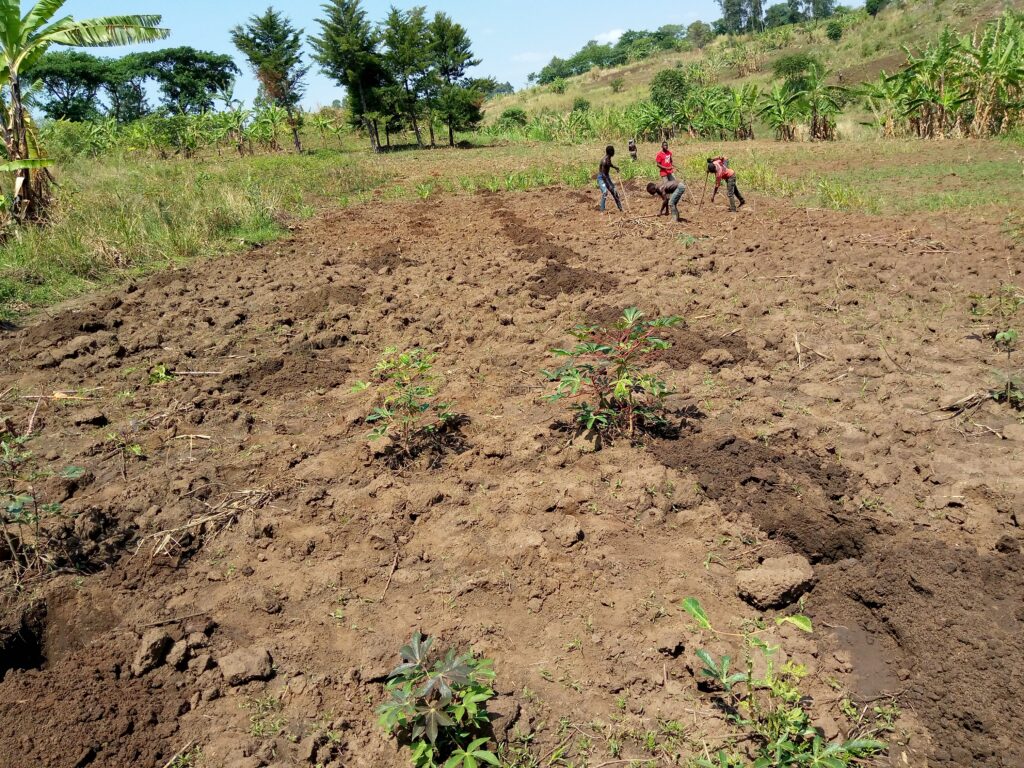The West Nile region of Uganda, known for its diverse ecosystems from savannahs to rainforests, has faced significant environmental and social challenges over the past few decades. Factors such as climate change, agricultural expansion, and unregulated logging have led to considerable deforestation and landscape degradation. This has resulted in a loss of biodiversity and adversely impacted the livelihoods of local communities. Issues like soil erosion and decreased fertility have affected agricultural productivity, while reduced availability of wood for cooking and house building has exacerbated poverty and reduced resilience to climate variability.
Historical Data on Tree Depletion
Historically, Uganda’s forest land cover decreased by 60% between 1990 and 2015, with a 25% decline from 2010 to 2015 alone. The western region, being the warmest and receiving less rainfall, has the least forest cover, accounting for only 7.5% of the nation’s total forest area.
The West Nile region once boasted extensive forests covering a significant portion of the area. However, over the past few decades, it is estimated that the region has lost up to 50% of its original forest cover due to various factors including:
- Population Growth and Urban Expansion: Rapid population growth and the expansion of both urban and rural settlements have increased the demand for housing. The construction and cooking processes use large quantities of wood, leading to increased tree cutting and, when local wood is scarce, the importation of wood from Congo at higher prices.
- Agricultural Practices: The growing population has led to a higher demand for food. In this subsistence agriculture-dependent region, food is produced and consumed at the family level. Land is often used for quickly profitable crops rather than for forestry, which diminishes forest cover.
- Fuel for Cooking: In the absence of gas and electricity, meals are cooked by burning wood collected from the surrounding areas. This unsustainable harvesting of wood and other tree products, such as fruit, is not counterbalanced by efforts to restore and conserve the environment.
- Commercial Agriculture: The expansion of commercial agriculture reduces the land available for forests and scrub areas.
- Climate Change: The effects of climate change are also contributing to the problem. Rainfall has become increasingly irregular and severe, with long periods of drought followed by torrential rains, hail, and floods. These extreme weather events impact both crops and efforts to restore forests.
